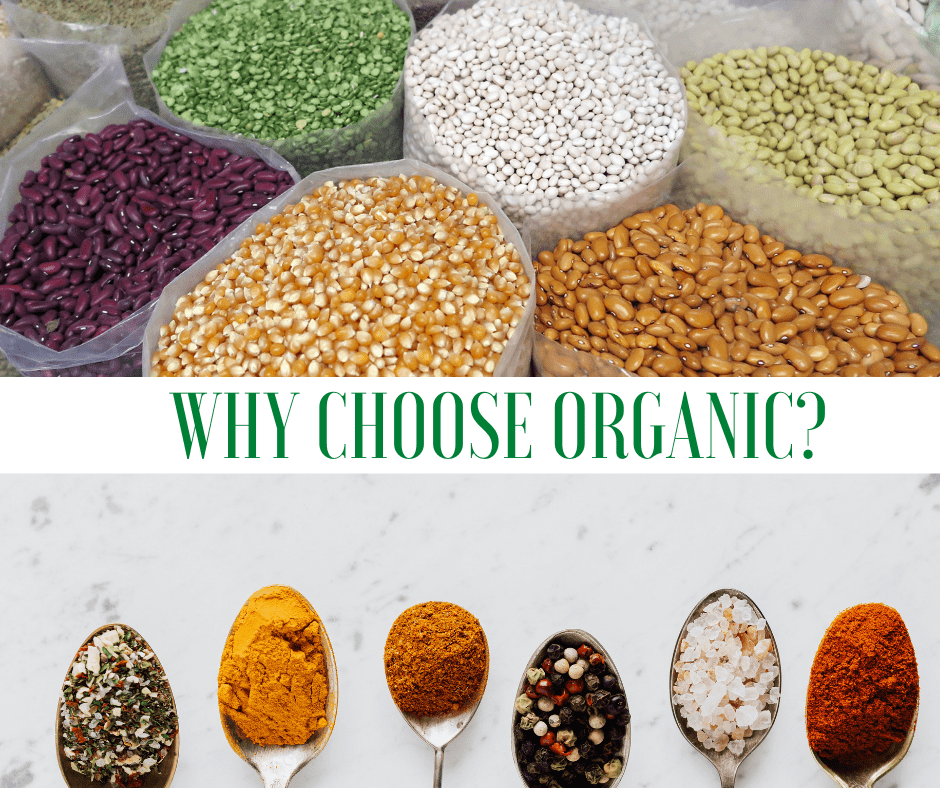India Exports Organic Millets Grown in Himalays To Denmark
Millets: Nourishing the Future in the Fight Against Climate Change In a major boost to exports of organic products from the country, the first consignment of millets grown in Himalayas would be exported to Denmark. APEDA (Agricultural and Processed Food Products Export Development Authority), in collaboration with Uttarakhand Agriculture Produce Marketing Board (UKAPMB) and Just Organik, an exporter, has sourced and processed ragi (finger millet), and jhingora (barnyard millet) from farmers in Uttarakhand for exports, an official statement said on Wednesday. UKAPMB procured millets directly from the farmers and processed in a modern processing unit built by mandi board and operated by Just Organik. “Millets are unique agricultural products from India which have significant demand in the global market. We will continue to carry out export promotion for the millets with a special focus on products sourced from Himalayas,” said M Angamuthu, Chairman, APEDA. He stated that Indian organic products, nutraceuticals and health food are gaining more demand in overseas market. Nutritive valueIn Uttarakhand, many of the common varieties of millets are the staple foods for people. The Uttarakhand government has been supporting organic farming. UKAPMB, through a unique initiative, has been supporting thousands of farmers for organic certification. These farmers produce mainly millets such as ragi, barnyard millet, amaranthus, etc. The exports of millets to Denmark would expand export opportunities in European countries. The exports would also support thousands of farmers that are getting into organic farming. Millets are gaining a lot of popularity globally because of high nutritive values and being gluten free also. Organic foods exportsMeanwhile, India’s export of organic food products rose by more than 51 per cent to ₹ 7,078 crore ($ 1,040 million) during April-February (2020-21) compared to the same period in the previous fiscal (2019-20). In terms of quantity, the exports of organic food products grew by 39 per cent to 888,179 tonnes during April-February (2020-21) compared to 638,998 tonnes shipped in April- February (2019-20). The growth in organic products have been achieved despite logistical and operational challenges posed by the Covid-19 pandemic. At present, organic products are exported provided they are produced, processed, packed and labelled as per the requirements of the National Programme for Organic Production (NPOP). The NPOP has been implemented by APEDA since its inception in 2001 as notified under the Foreign Trade (Development and Regulations) Act, 1992. The NPOP certification is recognised by the European Union and Switzerland and this enables India to export unprocessed plant products to these countries without the requirement of additional certification. NPOP also facilitates export of Indian organic products to the UK even after Brexit. News JustOrganik’s Organic Farming Journey: A Highlight on Zee TV’s Sunehra Bharat Ajadi ka Amrit Kaal. News India Exports Organic Millets Grown in Himalays To Denmark News Millets: Nourishing the Future in the Fight Against Climate Change News FICCI Millet Conclave News G20 Summit India
India Exports Organic Millets Grown in Himalays To Denmark Read More »









